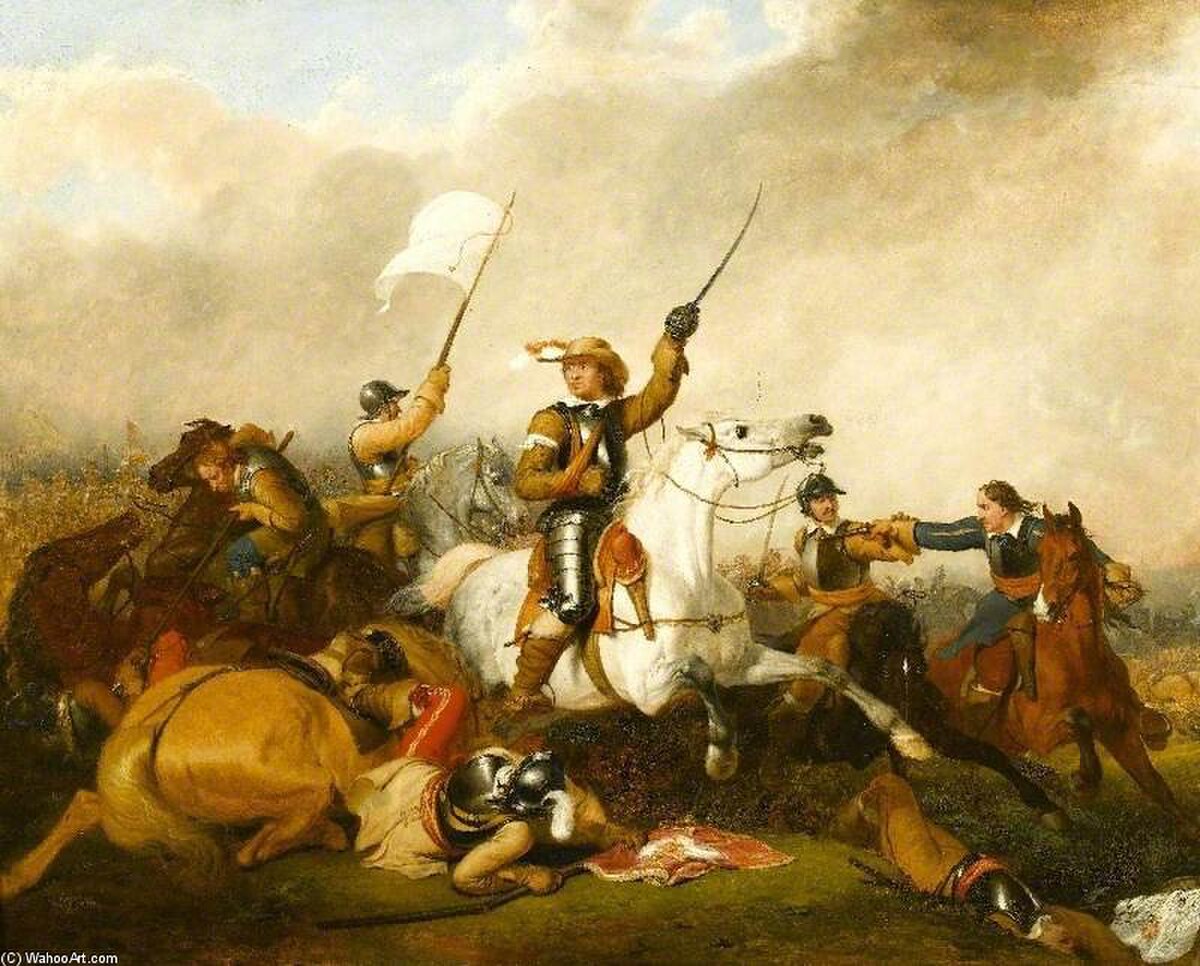
New Model Army
England, UKThe New Model Army was a standing army formed in 1645 by the Parliamentarians during the First English Civil War, then disbanded after the Stuart Restoration in 1660. It differed from other armies employed in the 1638 to 1651 Wars of the Three Kingdoms in that members were liable for service anywhere in the country, rather than being limited to a single area or garrison. To establish a professional officer corps, the army's leaders were prohibited from having seats in either the House of Lords or House of Commons. This was to encourage their separation from the political or religious factions among the Parliamentarians.
The New Model Army was raised partly from among veteran soldiers who already had deeply held Puritan religious beliefs, and partly from conscripts who brought with them many commonly held beliefs about religion or society. Many of its common soldiers therefore held dissenting or radical views unique among English armies. Although the Army's senior officers did not share many of their soldiers' political opinions, their independence from Parliament led to the Army's willingness to contribute to both Parliament's authority and to overthrow the Crown, and to establish a Commonwealth of England from 1649 to 1660, which included a period of direct military rule. Ultimately, the Army's generals (particularly Oliver Cromwell) could rely on both the Army's internal discipline and its religious zeal and innate support for the "Good Old Cause" to maintain an essentially dictatorial rule.
